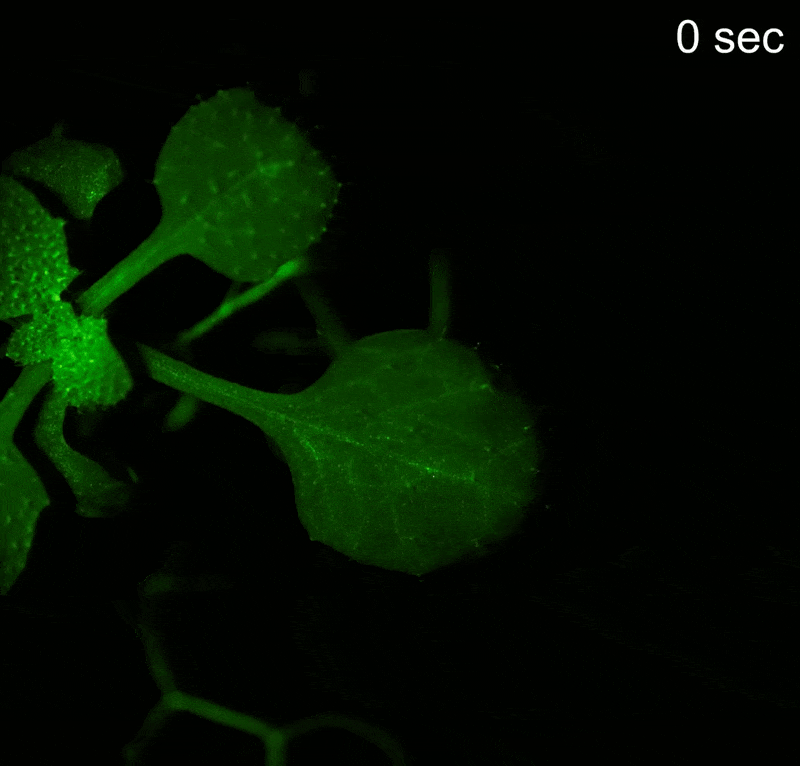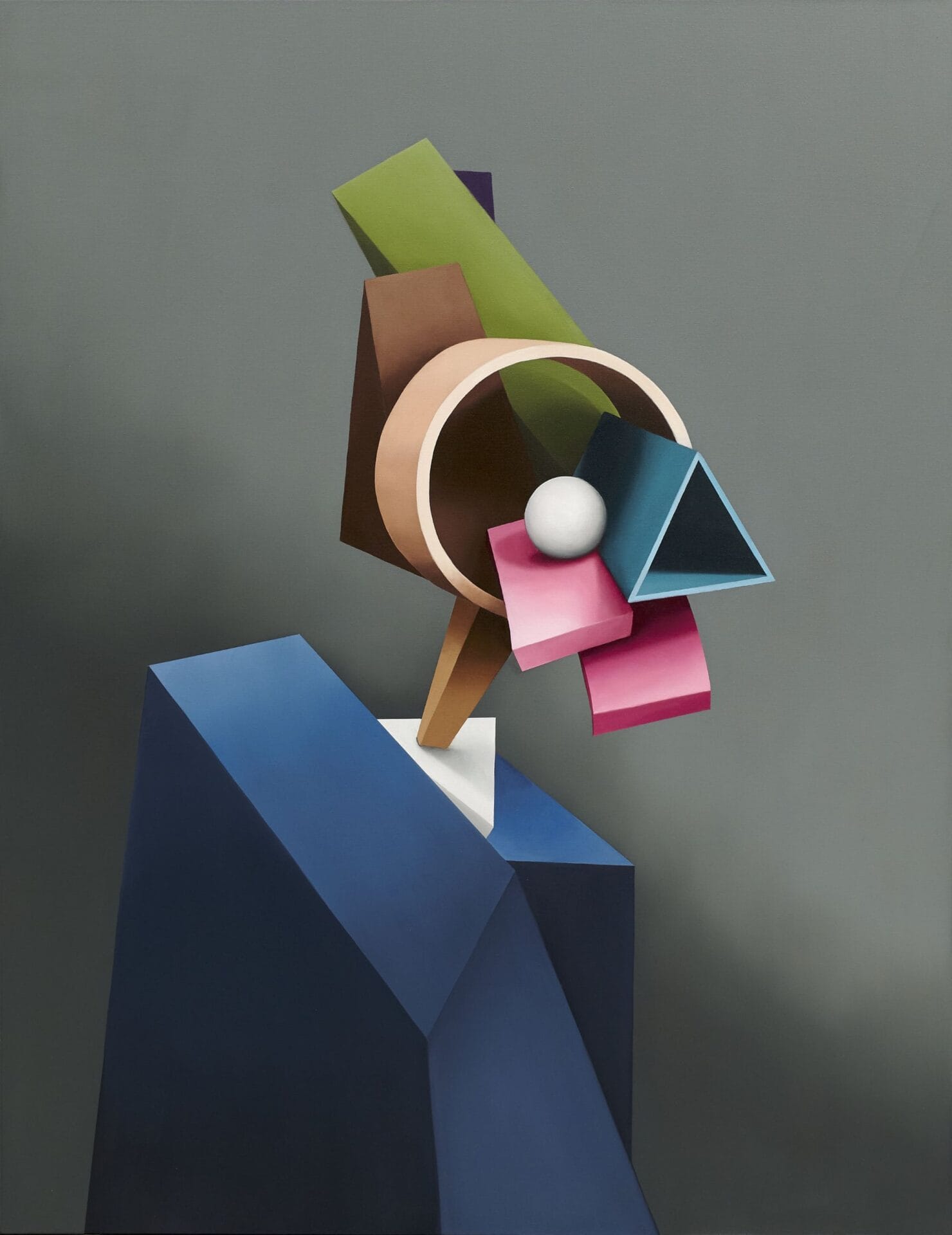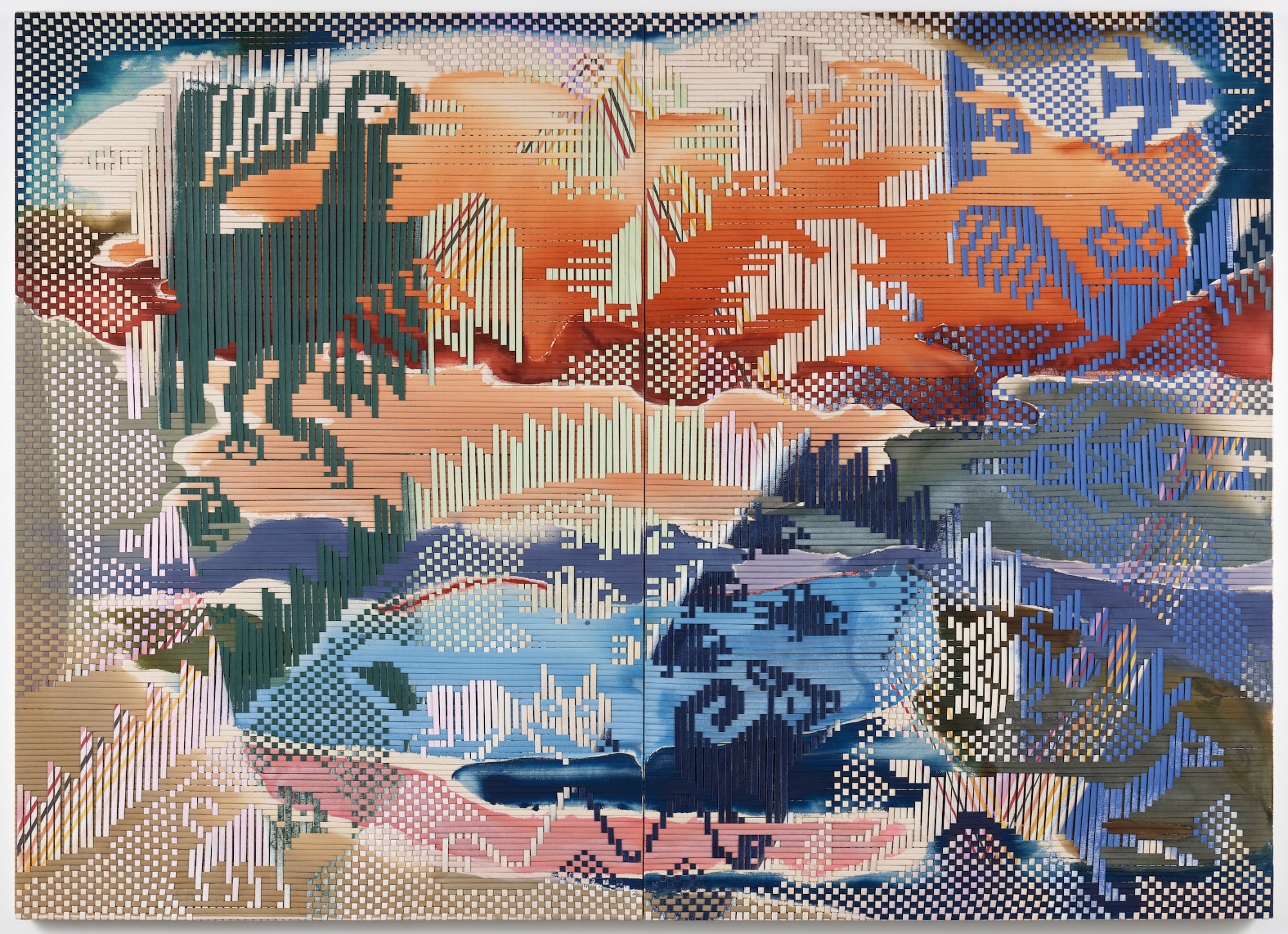
Raised in the Alaska community of Nome, which sits on the coast of the Bering Sea, Sonya Kelliher-Combs traces her family lineage to the northernmost reaches in Utqiaġvik and the central inland city of Nulato. Now based in Anchorage, her Iñupiaq and Athabascan ancestry, cultural heritage, and relationship to the land constitute the nucleus around which her multidisciplinary work revolves.
Growing up in a rural community, Kelliher-Combs observed and learned “time-honored traditional women’s and collective labor—skin sewing, beading, and food preparation—that taught her to appreciate the intimacy of intergenerational knowledge and material histories,” says an artist statement in the foreword of the artist’s new monograph, Mark.

Published by Hirmer Verlag, the volume explores the breadth of Kelliher-Combs’s practice, from paintings, sculptures, and installations to her curatorial and community advocacy work.
Drawing on the materials and symbolism of ancestral, Indigenous knowledge, Kelliher-Combs addresses what she describes as “the ongoing struggle for self-definition and identity in the Alaskan context,” delving into history, culture, family, and long-held customs.
The works “also speak of abuse, marginalization, and the historical and contemporary struggles of Indigenous peoples in the North and worldwide,” her statement continues. In “Goodbye,” for example, 52 gloves and mittens are gathered together as if waving a collective farewell.
The poignant installation aimed to open the dialogue about the sensitive subject of suicide, the rate of which at the time Kelliher-Combs made the piece was nearly 52 Native Alaskans per 100,000—more than triple the age-adjusted rate among Americans in general. The mitts were all handmade and lent by local community members.

Through delicate, tactile sculptures and atmospheric paintings, the artist venerates ancient ancestral practices, like animal hide preparation, while exploring the way contemporary materials like plastic and fossil fuels are transforming the landscape. She often incorporates maps, thread, beads, hair, and fabric.
Kelliher-Combs also combines organic and synthetic materials, merging the traditional with the new; the local with the imported. She describes how she pushes “beyond the binary divisions of Western and Indigenous cultures, self and other, and man and nature, to examine the interrelationships and interdependence of these concepts.”
See more of the artist’s work on her website, and find your copy of Mark on Bookshop.






Do stories and artists like this matter to you? Become a Colossal Member today and support independent arts publishing for as little as $7 per month. The article Sonya Kelliher-Combs Merges Collective Knowledge and Native Alaskan Heritage in Mixed Media appeared first on Colossal.



